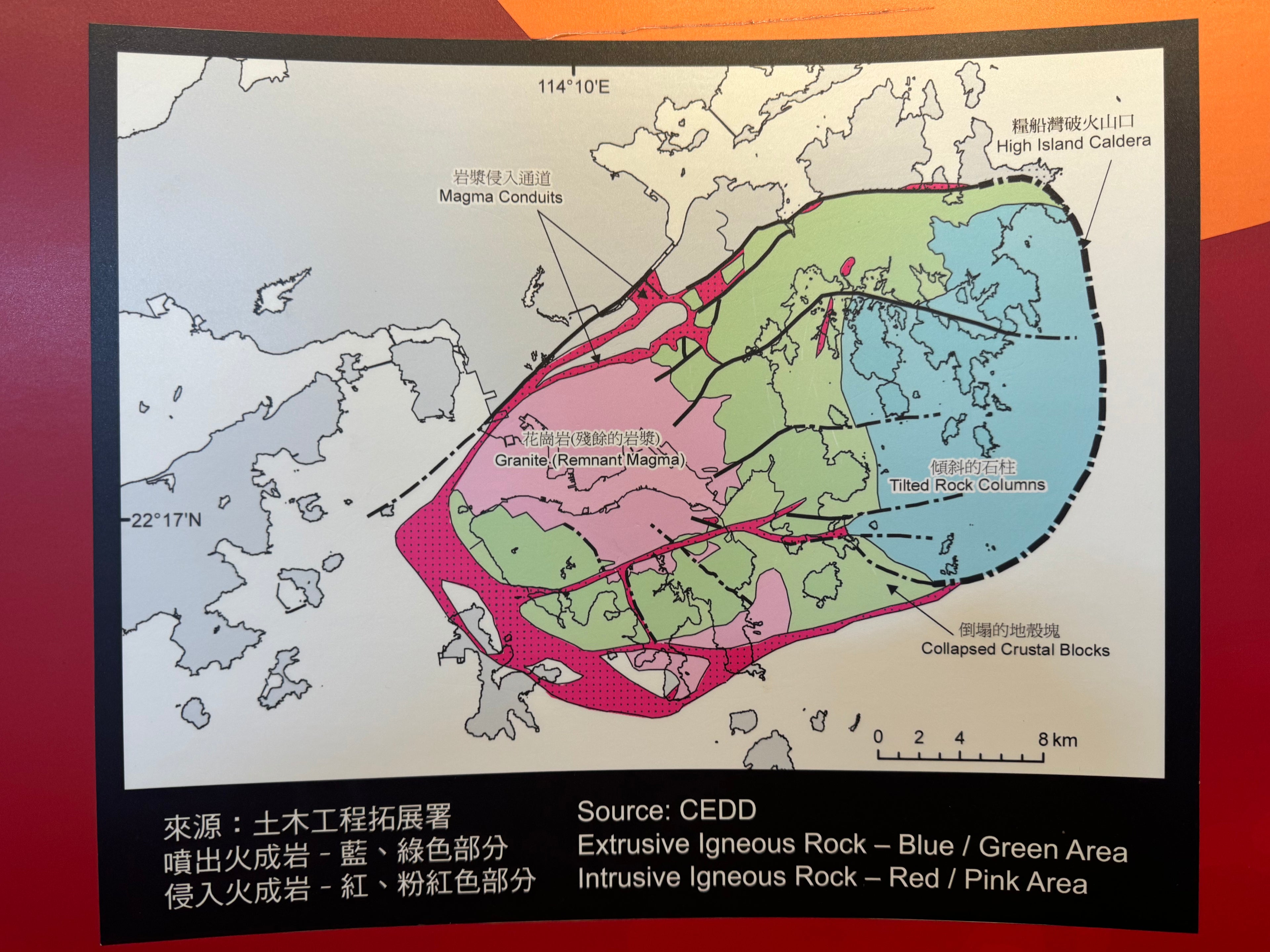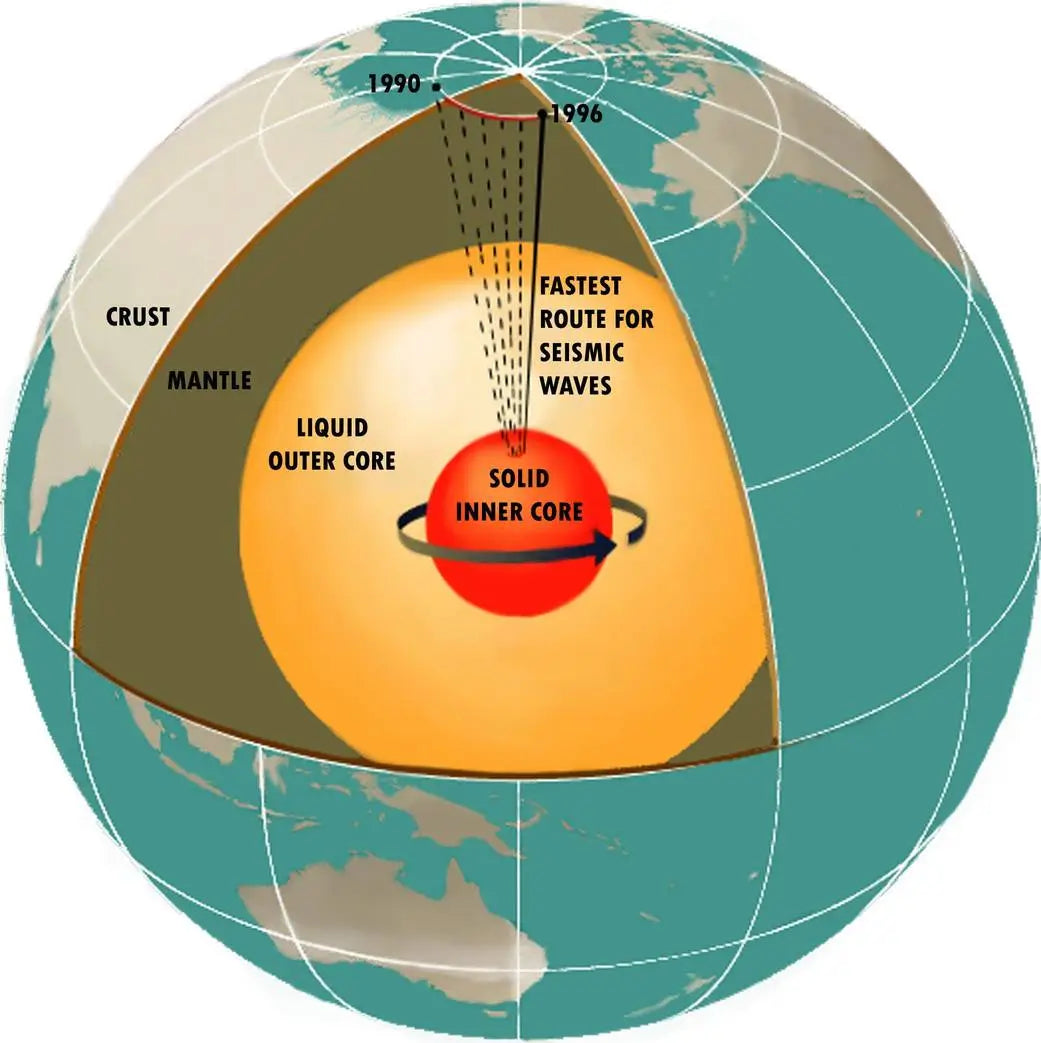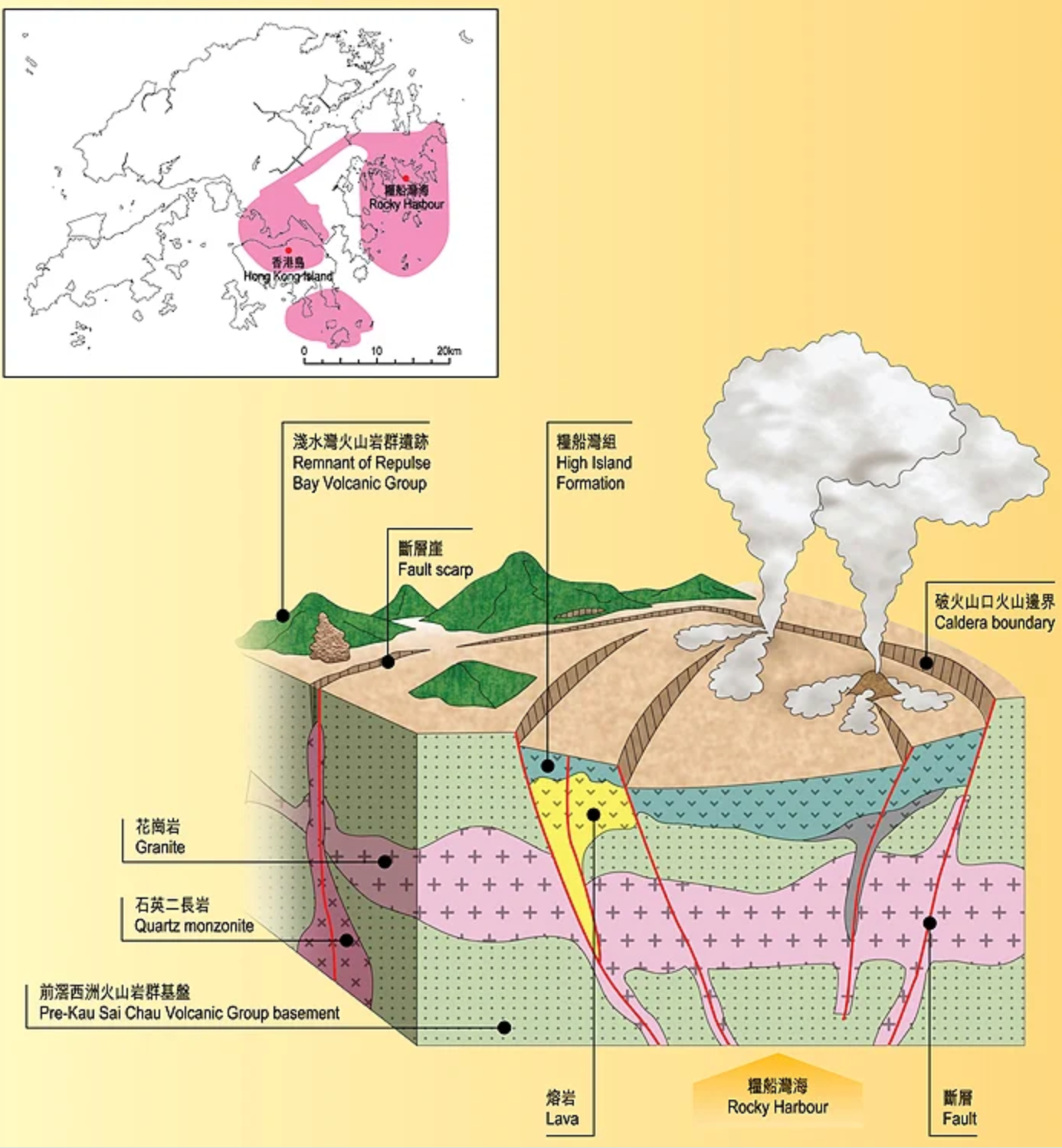
Unveiling the Strongest Volcano Eruption in World History: Hong Kong's High Island Supervolcano
Hong Kong is renowned for its vibrant cityscape and stunning natural landscapes, but few know about its geological history, particularly the High Island SuperVolcano located in the southeastern part of the territory. This ancient SuperVolcano is considered to be the most powerful volcanic eruptions in world history, with its last eruption occurring approximately 140 million years ago during the Cretaceous period. In this blog post, we will delve into the discovery of this SuperVolcano, its significance, and the techniques used to study it.
.
Discovery and Announcement
The discovery of the High Island Supervolcano was announced in August 2012 by the Hong Kong Government. The announcement highlighted the supervolcano's immense power, with its eruption spewing out at least 1,300 cubic kilometers of volcanic ash. This volume is enough to cover the entire territory of Hong Kong with a layer of ash 1.3 kilometers thick. If distributed evenly at a thickness of 1 meter, this ash could cover an area of approximately 1,300,000 square kilometers.
The announcement was made following geological surveys and research conducted by experts from the Agriculture, Fisheries and Conservation Department (AFCD) of Hong Kong. These studies utilized advanced geological techniques, including geophysical surveys and geochemical analysis, to understand the scale and impact of the eruption.
.
Techniques Used in Research
Several techniques were employed to study the High Island Supervolcano:
Geophysical Surveys: These involve using seismic and magnetic methods to map the subsurface structure of the volcano.
Geochemical Analysis: This technique helps in understanding the composition of the volcanic rocks and ash, providing insights into the eruption's intensity and type.
Geological Mapping: Detailed mapping of the volcanic rock formations and surrounding geology helps in reconstructing the history of the eruption.
Paleomagnetism: This method is used to date the volcanic rocks and understand the Earth's magnetic field at the time of the eruption.
.
Significance of the Discovery
The discovery of the High Island Supervolcano is significant not only for its immense power but also for its contribution to understanding Hong Kong's geological history. This eruption was 10,000 times more powerful than Iceland's volcanic eruptions, making it one of the strongest in recorded history. The study of this supervolcano provides valuable insights into the geological processes that shaped Hong Kong's landscape over millions of years.
.
Conclusion
The High Island Supervolcano is a testament to the geological wonders that lie beneath Hong Kong's surface. Its discovery and study have shed light on the region's fascinating geological past, highlighting the importance of continued research and conservation efforts. As part of the Hong Kong UNESCO Global Geopark, this supervolcano is not only a natural marvel but also an educational resource, offering opportunities for geo-tourism and geo-education.
.
References:
News.gov.hk (2012): Ancient supervolcano discovered.
AFCD (2012): Press Releases - Hong Kong Global Geopark of China hosts first roundtable conference.
Info.gov.hk (2012): Hong Kong Global Geopark of China signs seventh sister arrangement.
.
.
The Earth consists of a core, molten magma, and a crust. The crust is divided into approximately 17 tectonic plates floating on the high-temperature magma beneath. These plates are constantly in motion, occasionally bursting forth with magma when the opportunity arises. These eruption points are where volcanoes form.
.
Volcanic eruptions occur when a volcano releases gases, debris, or magma from beneath the Earth's surface through a vent. This process is driven by the movement of tectonic plates, which can lead to the formation of volcanoes at their boundaries. The interaction between these plates—whether they are moving apart, colliding, or sliding past each other—plays a crucial role in shaping the Earth's surface and triggering volcanic activity.
.
In the case of Hong Kong's supervolcano, it is believed to have formed as a result of complex geological processes, possibly involving subduction zones where one plate was forced beneath another, leading to the melting of rocks and the eventual eruption. This eruption not only reshaped Hong Kong's landscape but also left behind unique geological features that continue to fascinate scientists and visitors alike.
Image Source: NASA

Announcement:
Made by the Hong Kong Government in August 2012.
The last major volcanic activity in Hong Kong occurred at the location of Sai Kung's High Island Reservoir, where a caldera formed. Magma erupted from fissures oriented northeast on both the north and south sides of the caldera. (Source: Civil Engineering and Development Department in Hong Kong)
.
Hong Kong is often considered a safe haven from major natural disasters like earthquakes and volcanic eruptions. However, about 140 million years ago, the region experienced a colossal supervolcanic eruption that dramatically transformed its landscape. To understand the cause of this volcanic explosion, it's essential to explore Earth's structure.

